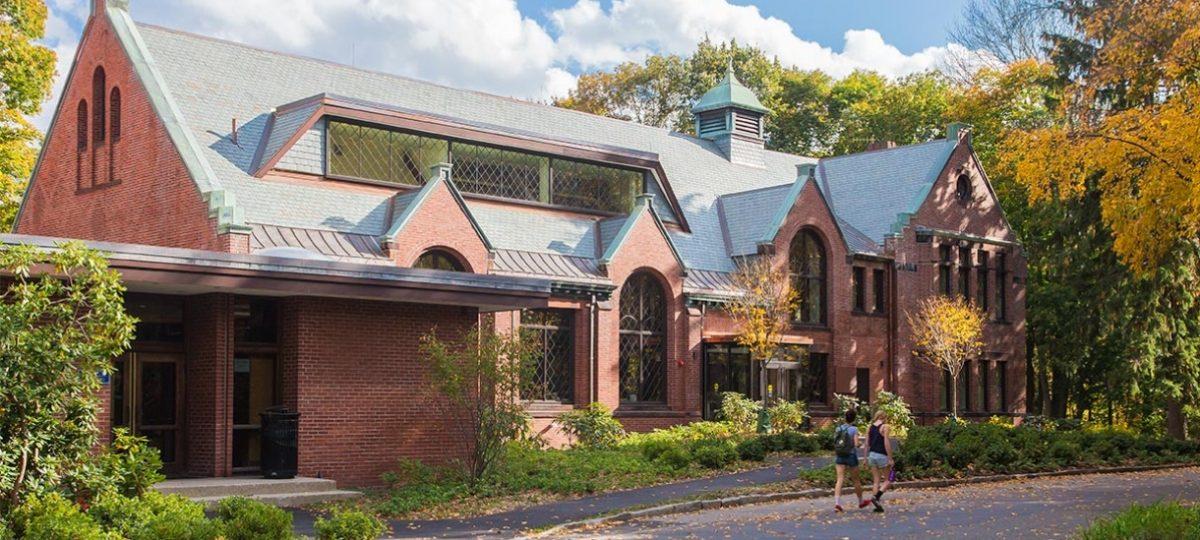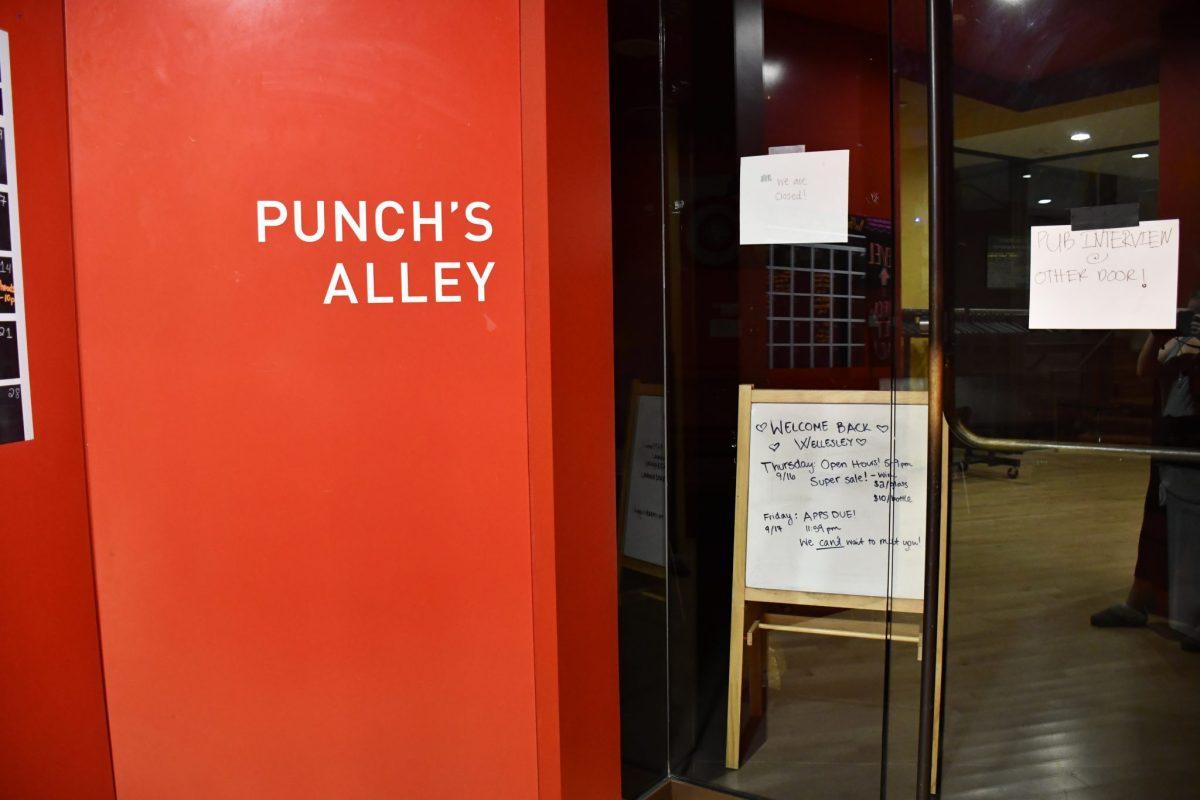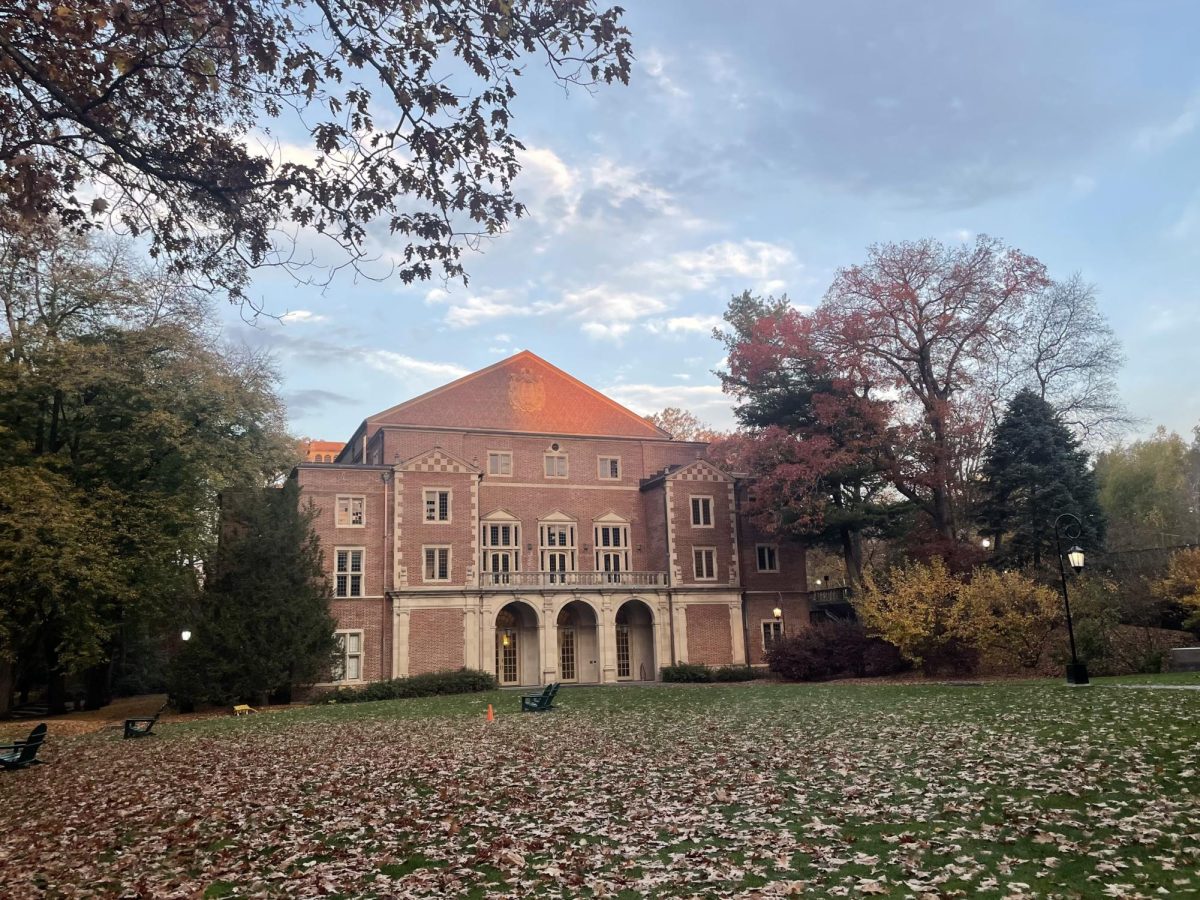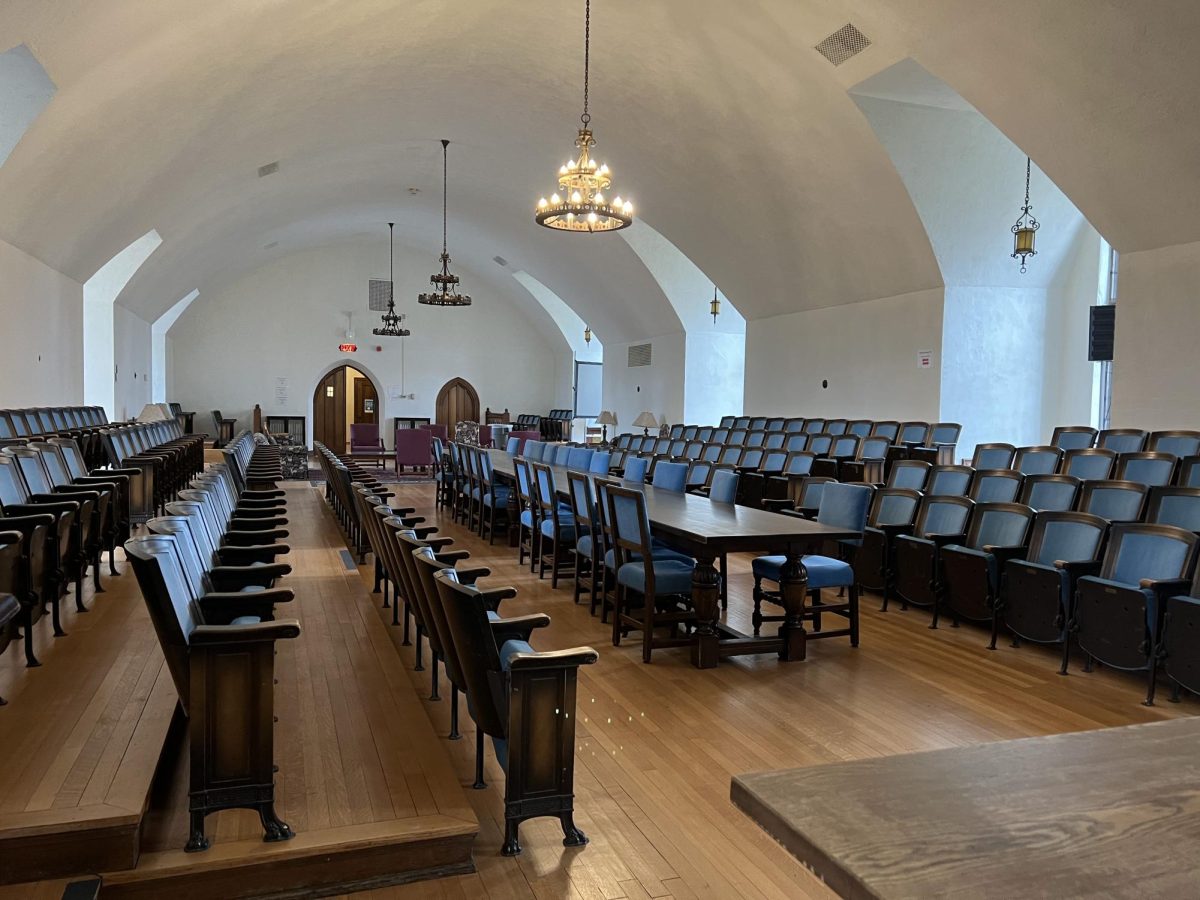Prior to receiving her financial aid package from Wellesley, Bella Hedly ’23 was reassured by the cost estimate provided by the Free Application for Federal Student Aid (FAFSA). However, once she was notified of her financial aid, Hedly’s plans to continue remote education for Fall 2020 were in disarray. With educational costs ringing up to be “essentially double” of her FAFSA estimate, Hedly opted instead to take a leave of absence from Wellesley.
“For those of us who have enough to eat on the table but don’t have enough to just write a check for Wellesley, they make it very hard to afford [attending ] because they think roughly 30 percent of your family’s income should be going to Wellesley,” said Hedly. “I don’t know anyone personally who can just afford to send 30 percent of all the money their family makes to Wellesley.”
According to Kari DiFonzo, director of Student Financial Services (SFS), the coronavirus pandemic has not affected the process of applying for financial aid or the formula used to calculate financial aid eligibility. As usual, tax returns from 2018 were used to calculate aid eligibility for the 2020-2021 school year.
Despite the pandemic the College remains committed to meeting 100 percent of a student’s demonstrated need, and COVID-19 has not impacted the College’s ability to offer grants, loans or other forms of financial assistance, according to DiFonzo.
According to the “Fall 2020 Students and Families FAQ” published by the College in July, Wellesley replaced the student contribution from summer work, which is usually $1,950, with grant aid to help families experiencing financial hardship due to COVID-19, and will continue to offer many student employment options both remotely and in-person. Additionally, students learning remotely are not billed for room and board. Students will also receive a 50 percent allowance for off-campus living expenses, which may appear on their financial statement as a refund depending on how low a student’s family contribution is.
In lieu of a remote Wellesley experience, Hedly is taking in-person classes at a university in Denmark for at least Fall 2020, which she is able to do because she has dual citizenship in the United States and Denmark. Due to Denmark’s swift response to COVID-19, she is not subject to the same restrictions as on-campus Wellesley students, an experience she relishes after months in the COVID-ravaged United States.
International students at Wellesley confront a unique set of challenges related to financial aid. According to the Wellesley website, international students do not reapply for financial aid each year and face “need-aware” admission, in contrast to “need-blind” admission for domestic students. This means that for international students, financial aid remains the same each year regardless of income challenges in their family.
Due to COVID-19, many more families have experienced drastic income changes, such as the case with one international student, who requested to remain anonymous to protect her family’s privacy. Despite the fact that her family’s business in China suffered and her parents were going through a divorce, she was told nothing could be done to adjust aid because she is an international student when she attempted to appeal her financial aid package.
“Our existence at Wellesley heavily relies on how much money we can pay in tuition,” she said. “I really want to be on campus because I don’t have a home in the U.S., but the price is just too high for me to bear.”
DiFonzo said that she recognizes the changing financial circumstances for some families due to the pandemic. However, the College is not evaluating COVID-19 related changes until Oct. 2020, according to DiFonzo. Most of the financial effects of the pandemic remain uncertain, which will be considered in calculating financial aid for the Spring 2021 semester.
“At that point in time, families know what three-fourths of their year has looked like, what their income has been, how they have been impacted through the first nine months, and they’re only looking to project what their expected income might be for a much shorter period of time,” DiFonzo said.
Other colleges have adopted different financial aid policies during the COVID-19 pandemic. According to the schools’ respective websites, Smith College, Princeton University and Johns Hopkins University, all of which switched to remote learning, have reduced undergraduate tuition for the fall semester. Some of these colleges like Johns Hopkins have budgeted to increase students’ financial aid due to the pandemic.
According to the College’s Fall 2020 FAQ, Wellesley is not discounting tuition for remote learners because tuition funds instruction, academic credit and non-academic services, which students receive whether learning on-campus or remotely.
Overall, Hedly is sad to be away from her friends by taking a leave of absence from Wellesley, but finds some comfort in the fact that most of her friends chose to either study remotely or take a leave of absence for similar financial reasons.
“It’s kind of been overwhelming, because I thought I had it all planned out. […] I understand that [Wellesley is] hurting and that they have to cut edges, but it doesn’t seem like the right way to do that is to take it out on the students and make it harder to afford education,” Hedly said.






